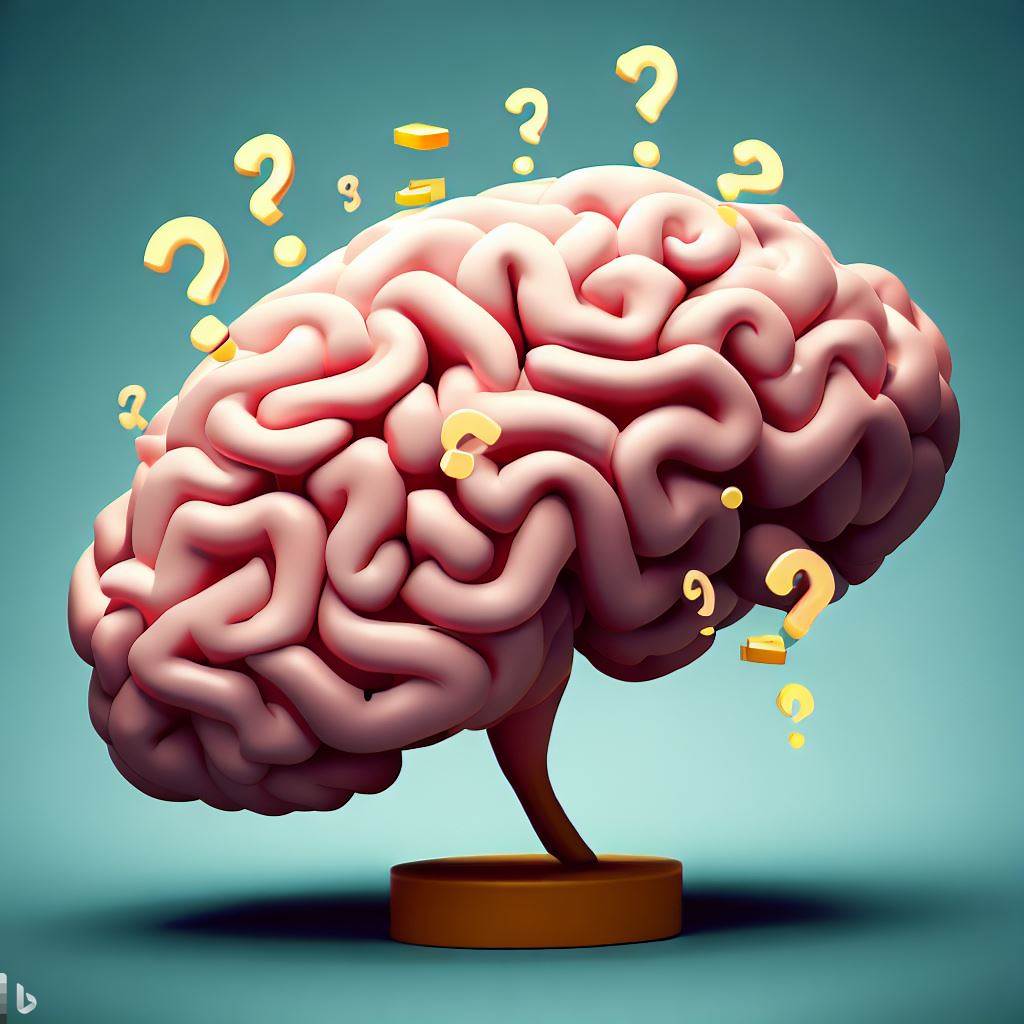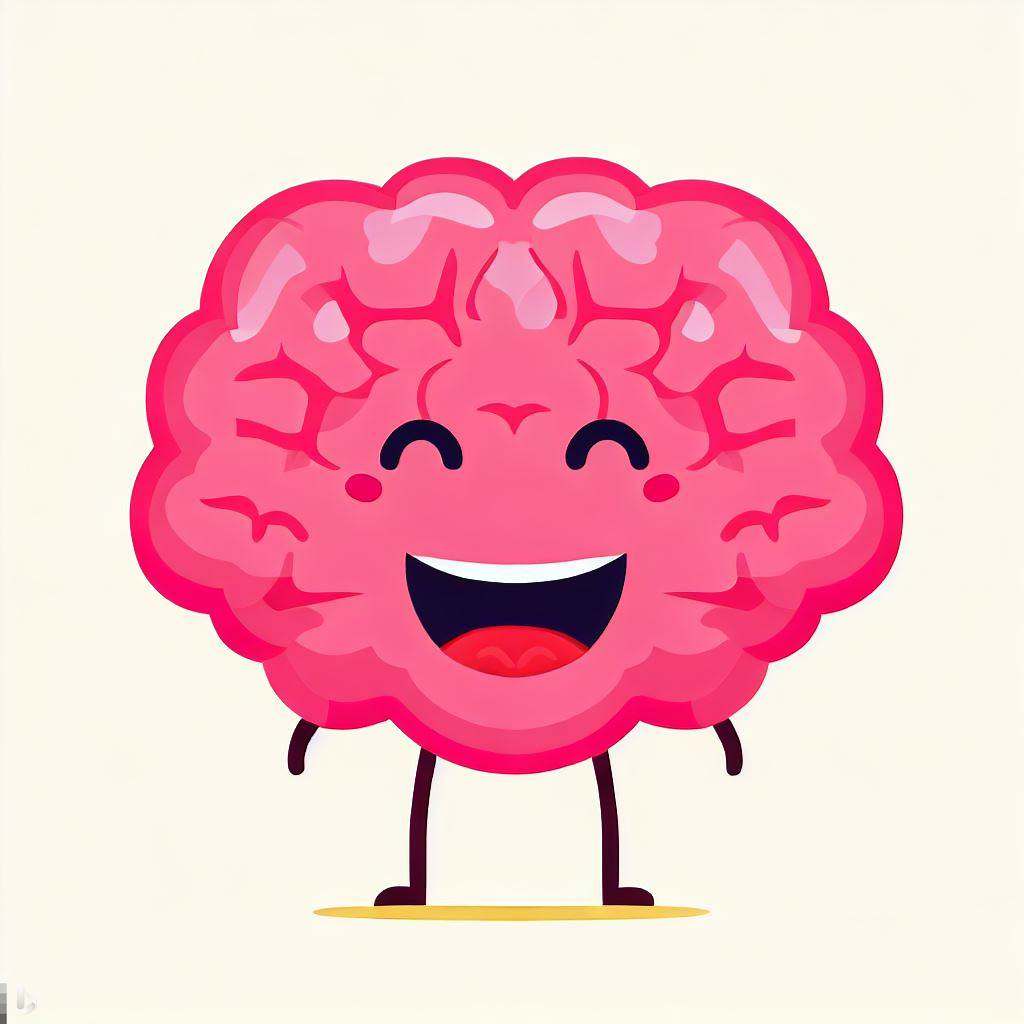Estimated reading time: 3 mins
Cognitive dissonance is a psychological concept that refers to the mental discomfort that arises from holding two conflicting beliefs or values. It is a common phenomenon that can occur in a variety of situations, from making decisions to forming opinions and beliefs. In this article, we will explore what cognitive dissonance is, how it can manifest, and its effects on behavior and decision-making.
Cognitive dissonance occurs when a person holds two or more beliefs or values that are contradictory or inconsistent. This conflict can create mental discomfort, which can motivate the person to resolve the inconsistency by changing one of their beliefs or values.
Cognitive dissonance can arise in a variety of situations, such as when a person is presented with new information that challenges their existing beliefs, or when they make a decision that is at odds with their values or beliefs. For example, a person who values honesty may experience cognitive dissonance if they tell a lie to avoid hurting someone’s feelings.
How Does Cognitive Dissonance Manifest?
Cognitive dissonance can manifest in different ways, depending on the individual and the situation. Some common manifestations of cognitive dissonance include:
- Rationalization: The person may attempt to rationalize or justify their behavior or beliefs to resolve the inconsistency. For example, a person who smokes cigarettes may rationalize their behavior by saying that smoking helps them relax.
- Selective exposure: The person may avoid information that challenges their beliefs or values to reduce the mental discomfort. For example, a person who supports a political party may avoid news articles that criticize their party.
- Changing beliefs: The person may change one of their beliefs or values to reduce the inconsistency. For example, a person who values their health may stop smoking to align with their belief in the importance of health.
Effects of Cognitive Dissonance on Behavior and Decision-Making

Cognitive dissonance can have significant effects on behavior and decision-making. When a person experiences cognitive dissonance, they may be motivated to resolve the inconsistency by changing their behavior or beliefs. This can lead to several outcomes, including:
- Attitude change: Cognitive dissonance can lead to a change in attitude or behavior. For example, a person who experiences cognitive dissonance after lying may become more honest in the future to reduce the mental discomfort.
- Increased motivation: Cognitive dissonance can increase motivation to change behavior or beliefs. For example, a person who experiences cognitive dissonance after eating unhealthy food may be motivated to start eating healthier to reduce the inconsistency.
- Resistance to change: Cognitive dissonance can also lead to resistance to change, particularly if the person is invested in their beliefs or values. For example, a person who strongly identifies with a political party may be resistant to changing their beliefs, even when presented with new information.
How to Manage Cognitive Dissonance
Managing cognitive dissonance can be challenging, but there are several strategies that can help. These include:
- Seeking out new information: To reduce cognitive dissonance, it can be helpful to seek out new information that challenges your beliefs or values. This can help you gain a better understanding of the situation and make more informed decisions.
- Acknowledging inconsistencies: Recognizing inconsistencies in your beliefs or values is an important step in managing cognitive dissonance. Acknowledging the inconsistency can help you identify the source of the mental discomfort and take steps to resolve it.
- Challenging rationalizations: If you find yourself rationalizing or justifying your behavior or beliefs, it can be helpful to challenge those rationalizations. Ask yourself whether the rationalization is truly valid, or whether it is an attempt to reduce cognitive dissonance.
In conclusion, cognitive dissonance is a common phenomenon that can arise in a variety of situations. When a person holds two conflicting beliefs or values, it can create mental discomfort, which can motivate them to resolve the inconsistency by changing their behavior or beliefs. Managing cognitive dissonance can be challenging, but by seeking out new information, acknowledging inconsistencies, and challenging rationalizations, individuals can reduce the mental discomfort and make more informed decisions.


It’s also worth noting that cognitive dissonance can have unexpected benefits. For example, some research has suggested that experiencing cognitive dissonance can increase creativity and problem-solving abilities. Additionally, cognitive dissonance can be a sign that an individual is open to change and growth, as they are willing to acknowledge inconsistencies and take steps to resolve them.
Conclusion
In conclusion, cognitive dissonance is a complex and multifaceted psychological concept that can have significant effects on behavior and decision-making. By understanding what cognitive dissonance is and how it manifests, individuals can learn to manage it effectively and make more informed decisions. As with many psychological concepts, there is still much to learn about cognitive dissonance, and future research may shed more light on this fascinating phenomenon.
